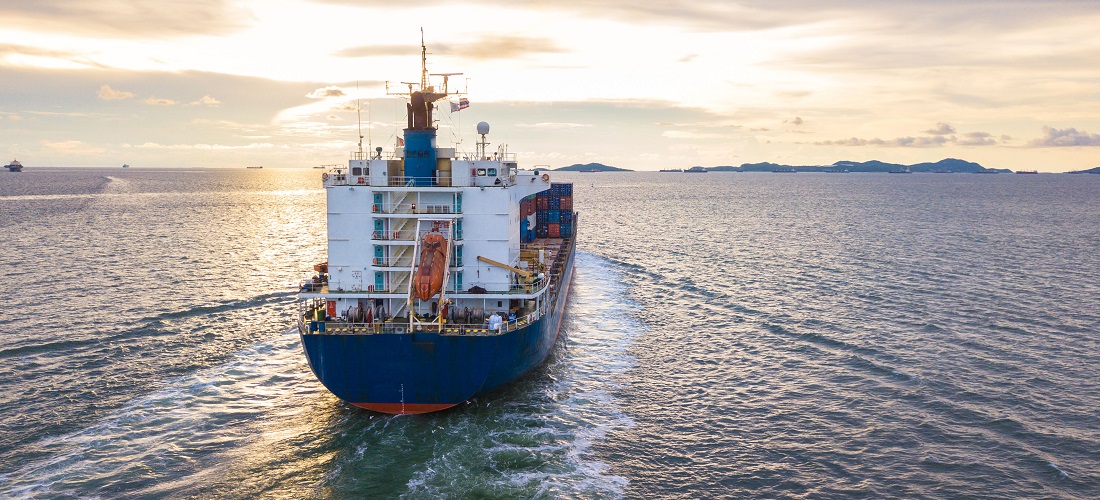
Cabotage: navigation between domestic ports brings economic and environmental advantages
Sep, 12, 2023 Posted by Gabriel MalheirosWeek 202337
Cabotage is a type of cargo transportation between domestic ports, utilizing a country’s coastline or a river system, such as the Amazon River. This mode of transport offers economic, social, and environmental advantages, as explained by Aldery Silveira Júnior, a professor at the University of Brasília (UnB).
“Economically, it reduces freight costs. Not only freight but the entire logistics cost. Brazil has one of the highest logistics costs in the world, and cabotage helps reduce this cost.”
A simulation by the National Observatory of Transportation and Logistics (ONTL) demonstrates that to move approximately 38,000 TEUs (Twenty-Foot Equivalent Units) between the ports of Suape (PE) and Santos (SP), 14 ships at a cost of R$ 88 million are required. By road, the same volume of cargo would demand 20,000 trucks and cost 400% more.
The social advantage, according to the UnB professor, is related to the safety of cabotage compared to truck transportation.
“Today, we have a large number of trucks transporting goods on highways. This poses a certain danger on Brazilian roads in terms of accidents. With increased cabotage, you reduce the risk of truck accidents on the roads.”
“And we have another significant benefit in terms of the environment. Cabotage is not highly polluting, or almost not at all. The pollution index of these ships is very low, unlike trucks, which pollute a lot, not only the air but also the surroundings of the roads, causing significant damage to the highways,” explains the specialist.
Challenges of Brazilian Logistics
Influenced by policies promoting industrialization in Brazil in the 1930s, the road transport mode now accounts for over 70% of the country’s cargo transport. According to Federal Deputy Sergio Souza (MDB-PR), Brazil has regressed compared to other countries that invested in more efficient modes, such as railways.
“A hundred years ago, Brazil had more railways than we have today. In fact, three times more. Today, we have a little over 12,000 kilometers. In the 1930s, a hundred years ago, we had over 30,000 kilometers of railways in Brazil. The world moved in one direction, and Brazil regressed.”
Regulation
In 2022, the government approved the Cabotage Incentive Law (Law 14,301/2022), known as BR do Mar. The aim of the regulation is to achieve a more balanced transportation matrix in the country, with incentives for expanding the maritime fleet, creating new routes between Brazilian ports, and reducing the cost of this mode.
Despite the approval of this legal framework, some provisions still require regulation to meet the government’s goal of increasing cabotage’s share in the national logistics matrix from 11% to 30%, increasing the volume of transported containers to 2 million TEUs, and boosting the capacity of the maritime fleet dedicated to transport between national ports by 40%.
The National Secretary of Ports and Waterway Transportation, Fabrizio Pierdomenico, states that the regulatory decree is expected to be published by the end of the year.
“We are working on the draft of the decree, continually improving it, receiving contributions from the navigation and cabotage sectors. With this, I hope that the decree will be published by the end of the year.”
Source: Brasil 61 – https://brasil61.com/n/cabotagem-navegacao-entre-portos-domesticos-traz-vantagens-economicas-e-ambientais-pind234226
-
Ports and Terminals
Feb, 14, 2023
0
Ipiranga invests BRL 80 million in new base at the Port of Mucuripe and predicts expansion
-
Ports and Terminals
Nov, 10, 2021
0
US unveils new plans to alleviate congested ports
-
Meat
Mar, 07, 2023
0
Mexico to allow Brazilian beef imports amid anti-inflation struggle
-
Ports and Terminals
Jan, 10, 2023
0
Transpetro conducts green bunker performance tests



